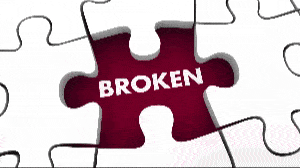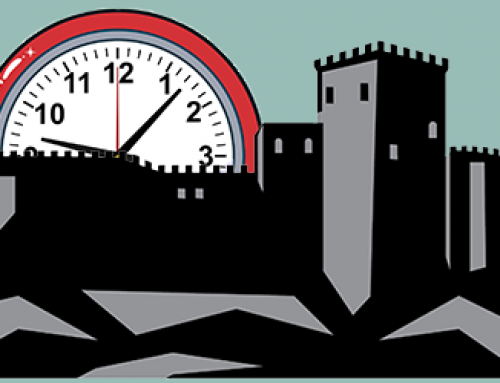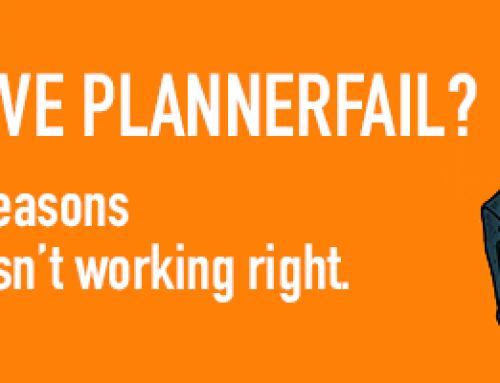Problems are nothing but wake-up calls for creativity
Welcome to the world of problems. This is where we all live. We all have some sort of problem to think through every day of our lives. Unfortunately, few of us have an effective system to solve problems. For example, are you still trying to solve the same problems you were working on last year?
 There’s a growing demand for people who can solve problems and who can help others solve problems—in fact, people are paying out millions of dollars trying to get solutions to their problems. So, being a confident problem solver is really important to your success. Much of that confidence comes from having a good process to use when approaching a problem. With one, you can solve problems quickly and effectively. Without one, your solutions may be ineffective, or you’ll get stuck and do nothing, with sometimes painful consequences.
There’s a growing demand for people who can solve problems and who can help others solve problems—in fact, people are paying out millions of dollars trying to get solutions to their problems. So, being a confident problem solver is really important to your success. Much of that confidence comes from having a good process to use when approaching a problem. With one, you can solve problems quickly and effectively. Without one, your solutions may be ineffective, or you’ll get stuck and do nothing, with sometimes painful consequences.
Most people spend more time and energy going around problems than in trying to solve them.
Everybody can benefit from having a good problem-solving system, as we all encounter problems on a daily basis. Following these three steps will help you create an effective problem-solving process.
Recognize the real problem
The real problem often is to know what the real problem is. It isn’t that you can’t find the solution, it’s that you can’t see the problem.
The more specifically you define the problem, the easier it is to solve. Generalized or ambiguously-stated problems are almost impossible to solve. Probably the most common mistake people make when they attempt to solve a problem is not clearly defining the specific problem before they begin to look for solutions.
The mere formulation of a problem is often far more essential than its solution, which may be merely a matter of mathematical or experimental skill. To raise new questions, new possibilities, to regard old problems from a new angle requires creative imagination and marks real advance in science. Albert Einstein
You need to ask yourself questions to make sure you’re focusing on the right things. Once you have your correct and simplified problem, you can move on and put together a plan to actually solve it.
What is the problem as you now view it?
When is the problem?
Why? (Don’t be afraid to ask why several times until you feel you’ve drilled down to the core of the issue.)
Why is it a problem?
How is it a problem?
Why?
Who is involved? How?
Where is this a problem?
Why
What would I like the solution of this problem to be?
Why
Based on answers to these questions, the real problem seems to be:
Continue asking why of each problem statement until you feel you have all the views and part of the original statement. Notice how the way you state the problem changes the solutions that are possible.
Regardless of the type of problem, the first thing you need to do is reduce it to its simplest and purest form so you know exactly what you’re dealing with. Once you have your correct and simplified problem, you can move on and put together a plan to actually solve it.
Produce solutions to the problem
Avoid criticizing your ideas while you’re trying to generate them. Write the problem you’ve been working on as you now view it.
List ideas for possible solutions. It might help if you begin with, “In what ways might I solve this problem?”
Now think of someone you admire and see the problem from their point of view. Write down the possible solutions that person might use to solve the problem if it was theirs: Oprah, Einstein, Jobs, Picasso, Lincoln, Mother Teresa… you get the idea.
Let your mind drift easily around the problem in silence. When an idea or solution comes floating into your mind, let it develop.
Record all the results.
Implement an idea
The action step is what makes all the effort worthwhile. A fair idea put to use is better than a good idea kept on the polishing wheel.
Write down your chosen solution.
Now list thoughts in response to each of the following questions.
How has a similar idea been implemented in the past? Who? Where? Why? When? How?
Who might have some special insight into how to successfully implement this idea?
Can I find a book or article about implementing this idea?
Who might like to help me? Why? How? When?
What resources are available to me? Money? Equipment? Groups? Individuals? Materials?
What might go wrong when I implement this solution? Misunderstanding? Not convinced? Obstacles? Objectives?
How might I plan to overcome the difficulties that might crop up?
Is there any way I could pre-test my idea? When? Where? How? Why? What?
Action plot
It’s time!
Write down your chosen solution.
I plan to do this (step) first. When? Where? How?
My next step will be… When? Where? How?
Then I will…
All problems become smaller when you confront them instead of dodging them. Not everything that is faced can be changed. But nothing can be changed until it is faced. Running away from a problem only increases the distance from the solution.







